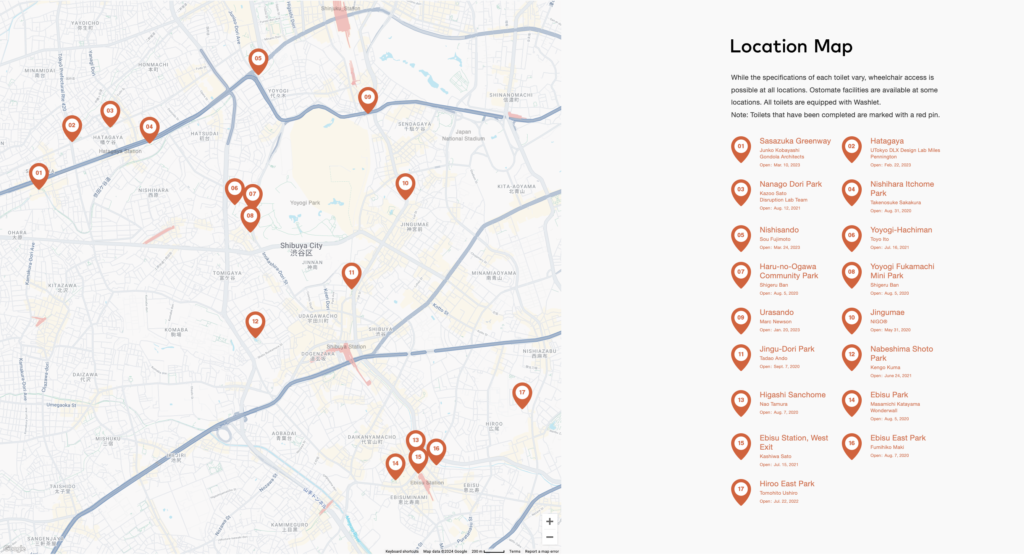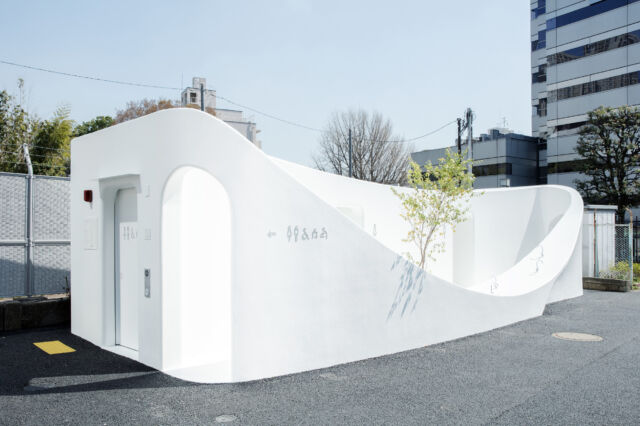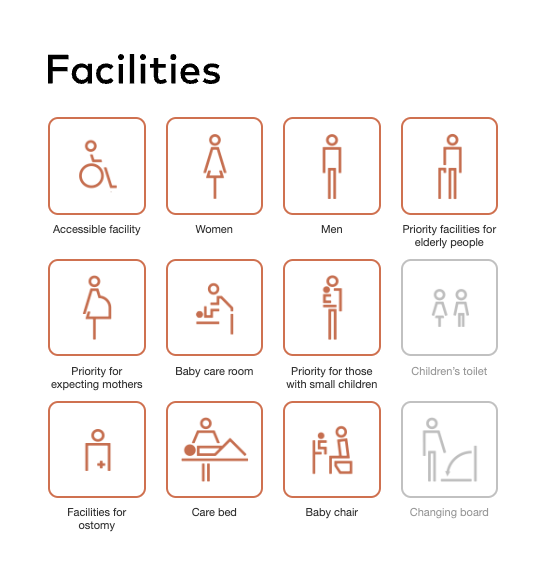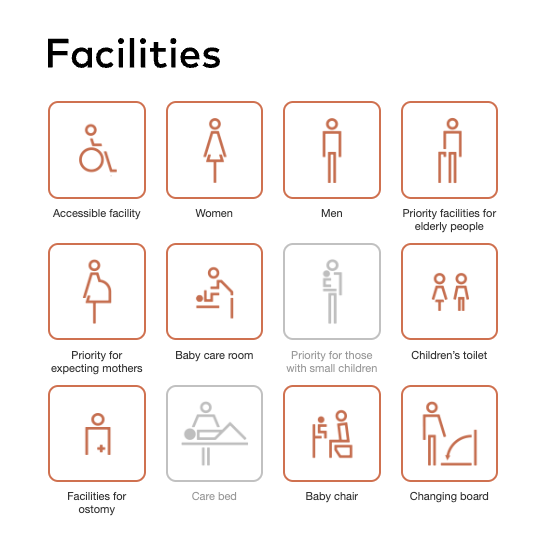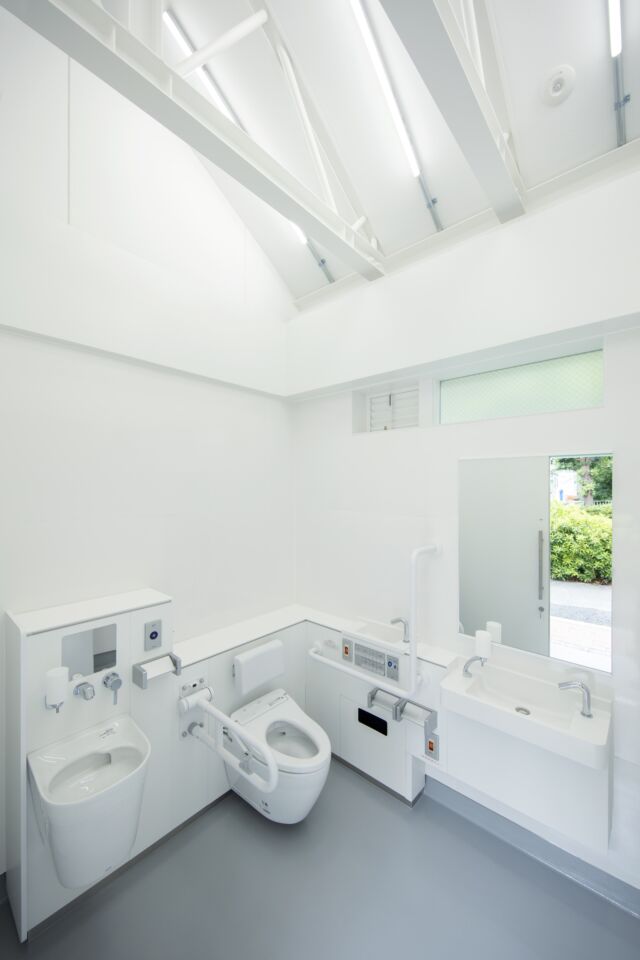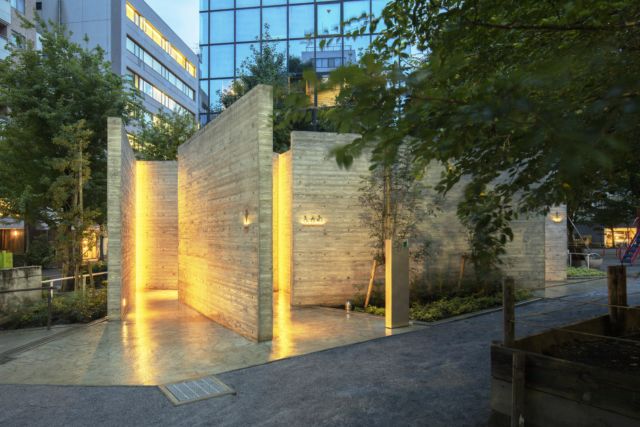Table of Contents
You’re weaving through the vibrant pulse of Shibuya or meandering through Tokyo’s tranquil parks when nature calls. You expect a standard, utilitarian restroom, something functional at best. But instead, you stumble upon something extraordinary—a glowing, artistic structure that feels more like an art installation than a public toilet. It’s a surprising blend of beauty and utility that redefines what public spaces can be.
This is The Tokyo Toilet Project, where some of the world’s most celebrated architects have come together to reimagine public restrooms as stunning pieces of design that seamlessly blend into the city’s cultural fabric. These aren’t just bathrooms; they’re immersive experiences, turning a simple pit stop into a moment of inspiration.
The Tokyo Toilet Project
Launched in anticipation of the international spotlight the 2020 Tokyo Olympics would bring, The Tokyo Toilet Project was more than just an infrastructure upgrade. It sought to challenge the way people view public restrooms and transform them into cultural icons and community spaces. With 17 unique facilities across Shibuya, each designed by a world-class architect, these toilets aren’t just stops—they’re destinations.
The initiative brought together 16 renowned architects and designers, including Toyo Ito, Tadao Ando, Kengo Kuma, and Fumihiko Maki. The final restroom in the series was inaugurated in March 2023 by Sou Fujimoto. The project is conducted by the philanthropic Nippon Foundation in partnership with the local government, aiming to celebrate these facilities as symbols of hospitality and hygiene, traditionally associated with Japanese culture.
Let’s take a closer look at these visionary designs that make answering nature’s call feel like an event.
Sou Fujimoto: A Gathering Around Water
Public toilets are often a solitary experience, but Sou Fujimoto envisions something much more communal. His design, Vessels and Fountains, turns handwashing into a social act. Centered around a large, concave vessel with hand-washing stations at different heights, it’s a space where people of all ages—children, adults, and the elderly—can gather. Fujimoto likens it to an “urban watering hole,” a place where the simple act of washing your hands becomes a moment of connection. It’s more than a restroom—it’s a tiny community space built around water, encouraging interaction in a way you’d never expect from a public toilet.
Junko Kobayashi: Playful Toilets Under the Tracks
Beneath the elevated Keio Line, Junko Kobayashi brings a touch of whimsy with her Toilet of the Town Lights. A large, yellow awning casts a bright, cheerful glow over the cylindrical toilets, each adorned with playful rabbit silhouettes peeking through round windows. Kobayashi’s design transforms an industrial underpass into a fun and inviting space. The weather-resistant steel construction ensures that it’s built to last, but it’s the lighthearted design that really shines. This toilet isn’t just functional—it brings a bit of joy to a usually overlooked part of the city.
Miles Pennington: A Restroom with a Purpose
Miles Pennington wanted to create a space that’s more than just a restroom. …With Toilet offers a flexible space that can be used for exhibitions, pop-up kiosks, or small gatherings. Pennington’s vision was to turn the toilet into a hub of community activity, making it a focal point in the neighborhood rather than something to be avoided. This multifunctional space encourages interaction and creativity, offering a reminder that even the most practical public spaces can become places of connection and innovation.
Marc Newson: A Modern Shrine in Shibuya
World-renowned designer Marc Newson took a traditional Japanese concept—the copper Minoko roof seen in temples and shrines—and gave it a modern twist. His restroom in Shibuya features this distinctive copper roof, which will age and develop a natural patina over time, allowing the structure to blend into the urban landscape. Inside, Newson’s trademark minimalism is on full display, with a sleek, monochromatic green interior that feels calm and clean. His design aims to be both practical and welcoming, offering a space that’s as much a hidden gem as it is a functional public restroom.
Tomohito Ushiro: A Monument of Light
Tomohito Ushiro’s Monumentum stands as a beacon of inclusivity. Inspired by the idea that “we are all the same in the sense that we are all different,” Ushiro designed a restroom that doubles as public art. At night, the toilet lights up in ever-changing patterns—7.9 billion, to be exact—one for every person on Earth. The shifting lights resemble moonlight filtering through the trees or fireflies flickering in the dark, never repeating the same pattern twice.
Kazoo Sato: A Voice-Activated Future
Kazoo Sato took a futuristic approach with his Hi Toilet, a fully voice-activated restroom designed to minimize contact. After years of research into public restroom behavior, Sato developed a space where users can flush, lock doors, and more—entirely hands-free. His design predates the COVID-19 pandemic, but it feels particularly timely in a world now focused on hygiene. Hi Toilet not only makes the user experience smoother and safer but also pushes the boundaries of how technology can be seamlessly integrated into public spaces.
Toyo Ito: Mushrooms in the Forest
Toyo Ito brings a whimsical touch with Three Mushrooms, located near the Yoyogi-Hachiman shrine. These three mushroom-like toilets seem to have sprouted from the forest floor, blending harmoniously with the surrounding greenery. The separate structures, connected by easy-to-navigate paths, ensure accessibility and safety, while offering a playful nod to nature. By incorporating features for both the elderly and parents, Ito’s design serves the entire community, making it both practical and delightfully imaginative.
Kashiwa Sato: Simplicity in White
Kashiwa Sato’s design, simply titled WHITE, is all about blending in while still leaving an impression. Located beside the police box at Ebisu Station, the restroom’s pure white exterior is clean, minimal, and approachable. Sato focused on creating a space that feels easy to use and unintimidating, a structure that passersby might not even notice at first, but one that makes them feel a little brighter and refreshed. His design perfectly reflects the neighborhood’s need for a functional yet calming presence, turning a simple restroom into a symbol of cleanliness and simplicity.
Kengo Kuma: A Village in the Woods
Kengo Kuma’s A Walk in the Woods transforms Shoto Park into a toilet village nestled within nature. The design consists of five small huts, each made of cedar louvers placed at random angles, blending effortlessly into the greenery. Every hut has a distinct layout, serving different needs—whether for families, wheelchair users, or grooming purposes. The open, breezy village creates a seamless connection to the surrounding forest, offering a calming, nature-filled restroom experience. It’s a design that invites exploration, emphasizing the need for diversity and natural harmony in public spaces.
NIGO®: A Home Away from Home
NIGO®’s design, THE HOUSE, brings a sense of nostalgia to the bustling streets of Harajuku. In contrast to Tokyo’s towering modern architecture, this restroom feels like a quiet, old home—unassuming but comforting. NIGO® wanted to create a space that feels familiar, accessible, and easy to use, evoking memories of a simpler time. Depending on your perspective, it might feel nostalgic or fresh, but its warmth and ease will resonate with everyone who stops by. It’s a tribute to the past, standing proudly in the ever-changing landscape of the city.
Tadao Ando: Shelter from the Rain
Tadao Ando’s Amayadori (which means “taking shelter from the rain”) offers a peaceful retreat within the urban landscape of Jingu-Dori Park. Using a circular floor plan with a large spanning roof and vertical louvers, Ando created a space where visitors can feel the breeze and natural light, all while maintaining a sense of safety and comfort. The design allows for free movement and a connection to the surrounding environment, making it more than just a restroom—it’s a thoughtful place of refuge in the heart of the city.
Takenosuke Sakakura: Lighting Up the Park
Takenosuke Sakakura’s Andon Toilet transforms the formerly uninviting restroom in Nishihara 1-chome into a bright, welcoming space. Inspired by traditional Japanese andon lanterns, the design aims to illuminate the park, creating a warm, inviting atmosphere that encourages people to visit. By ensuring the facility is both practical and visually appealing, Sakakura’s design improves not just the restroom but the overall feel of the park, making it a more vibrant public space.
Fumihiko Maki: A Playful Pavilion
In Ebisu East Park, affectionately known as “Octopus Park,” Fumihiko Maki designed the Squid Toilet to serve not just as a restroom but as a pavilion where park visitors can rest. Maki’s decentralized layout offers good visibility throughout the facility, making it a safe and comfortable space for all users—from children to commuters passing by. The cheerful roof design promotes natural light and ventilation, giving the structure a playful, welcoming feel that blends with the park’s existing octopus playground equipment. Maki’s vision elevates the restroom into a bright and engaging public space.
Nao Tamura: A Safe Space for All
Nao Tamura’s design, inspired by the traditional Japanese art of Origata (decorative wrapping), envisions a public restroom that embraces diversity and inclusivity. Her Origata Toilet offers three separate spaces, each designed to ensure privacy, safety, and comfort for all users, including the LGBTQ+ community. Situated in a small triangular lot in Shibuya, the design reflects a broader vision of a society where everyone feels secure and accepted. Tamura’s thoughtful approach turns the restroom into more than just a functional space—it becomes a symbol of hospitality and respect for all identities.
Masamichi Katayama: A Modern Take on Ancient Toilets
Masamichi Katayama reimagines the ancient Japanese kawaya (primitive toilet huts) with his design, Modern Kawaya, in Ebisu Park. Blending history and modern sensibilities, Katayama’s restroom consists of 15 randomly arranged concrete walls, creating an ambiguous, playful structure that invites users to explore. The spaces between the walls lead to different areas for men, women, and everyone, evoking the simplicity of the past while providing a fresh, interactive experience. The design feels more like a piece of abstract playground equipment, encouraging people to engage with it as they would with a park installation.
Shigeru Ban: Transparent Privacy
Shigeru Ban addresses two common concerns with public restrooms—cleanliness and privacy—with his Transparent Toilet. Located in a park, the walls of the restroom are made of glass that remains clear when unoccupied, allowing passersby to see inside. However, once the door is locked, the glass turns opaque, ensuring complete privacy. At night, the toilet glows like a lantern, lighting up the park and adding a touch of beauty to the surroundings. Ban’s innovative design combines cutting-edge technology with a thoughtful approach to user comfort and safety.
And wrapping up
The Tokyo Toilet Project doesn’t just elevate public restrooms; it transforms them into spaces of wonder, creativity, and community. In a world where we often overlook the mundane, this initiative proves that even the most ordinary places can be extraordinary with the right touch of vision and artistry. Each restroom tells a story, creates a memory, and invites you to see the beauty in the everyday.
If you’re someone who’s passionate about the intersection of travel, design, and storytelling, then MindBrews is where your voice belongs. We welcome explorers, dreamers, and writers alike to share their unique experiences. Let’s spark conversation and curiosity—reach out to us at [email protected], and let’s create something inspiring together!
Don’t forget to drop your thoughts, or share your experiences with us, comment below!

